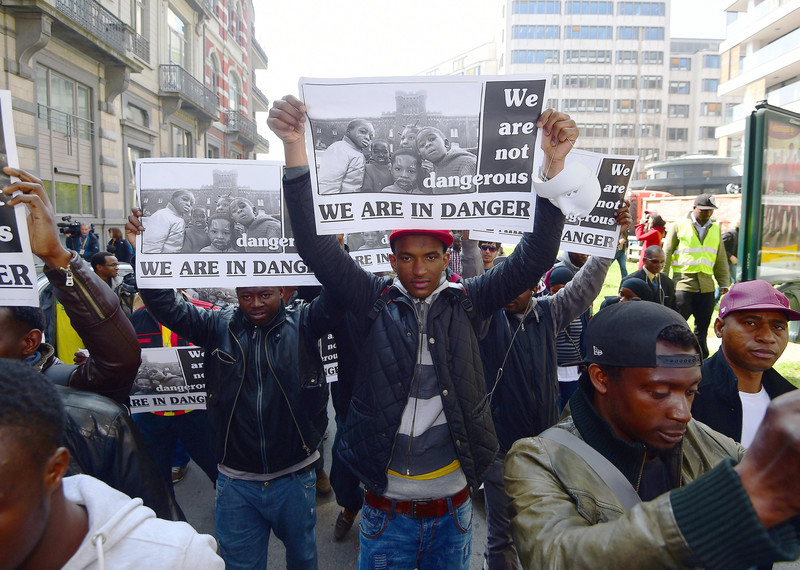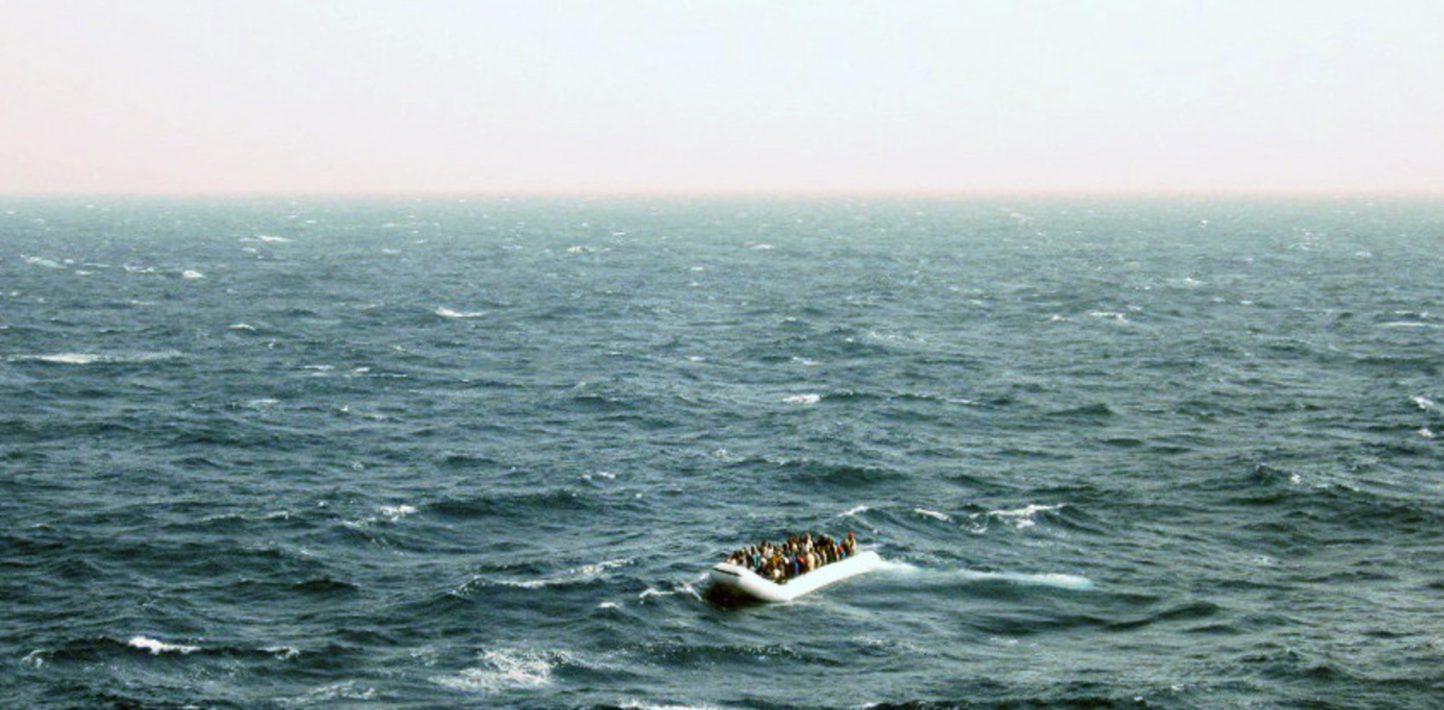New data shows that Europe’s new plans to stop refugees and migrants drowning in the Mediterranean are making a huge difference. Find out what’s changed, and about the challenge that now lies ahead.
The numbers speak for themselves: 1,721 children, men and women died or disappeared in the central Mediterranean Sea between 1 January and 26 April this year. Between 27 April and 29 June, this tragic figure fell to 99.
Why this sudden, dramatic drop?
Things changed because Europe’s leaders finally agreed to provide more money, and send more boats and planes, for rescuing people in the areas where most shipwrecks happen.
27 April was the day the first new ship – France’s Commandant Birot – reached the central Mediterranean. Others soon followed, and the impact was huge.
Before that day, your risk of dying while sailing in a rickety boat across the open Mediterranean sea was as high as 1 in 16, making this the world’s deadliest migration route. At the end of June, that ratio had fallen to 1 in 427.
What exactly changed?
For months, Europe’s leaders had turned a deaf ear to repeated warnings from organizations, including Amnesty, that the sea was turning into a graveyard.
The result of their indifference was devastating: during a single week in April, more than 1,200 refugees and migrants died in two major shipwrecks.
The death toll for 2015 was set to soar further as more people risked their lives in fragile rubber dinghies and overcrowded fishing boats during the warmer spring and summer months.
Here are three key reasons why things improved:
1. More money and ships for sea patrols and rescue operations
The EU has tripled its funding for its border control operation, called Triton. Its member states have also dispatched six big ships, 12 boats, three airplanes and two helicopters to patrol the Mediterranean from May until September.
Several European governments have sent in extra military ships, planes and helicopters, including the British flagship HMS Bulwark, the German ships Berlin and Hessen, and the Irish ship Lé Eithne. The Italian Navy has also contributed around five ships.
And two non-governmental organizations, the Migrant Offshore Aid Station (MOAS) and Doctors without Borders (MSF), are running three private rescue boats.

2. Patrolling the areas where people need help
Another crucial change is that these boats are patrolling a bigger section of the central Mediterranean, closer to where most people actually need help.
We have been calling for this ever since the EU and Italy agreed to end the Italian Navy’s humanitarian operation, Mare Nostrum (‘Our Sea’) – which rescued over 166,000 people – at the end of 2014.
They replaced it with Triton, a much smaller and less effective operation. It focused on patrolling borders just 55km from Europe’s shores, rather than saving lives. It also had smaller boats and fewer planes, helicopters and people available.
That left finding and rescuing people mostly to coastguards and commercial ships. People were dying in the open sea, often because there simply wasn’t anyone around to help.
3. Public pressure and political will
European leaders couldn’t ignore the tidal wave of protests that followed the two shipwrecks in April: international headlines, raging social media debates, street protests across Europe.
For example, in a matter of days, hundreds of thousands of people had signed our S.O.S. Europe campaign petition – the total number rising to over half a million people by the beginning of July.
The resulting political will to finally stop people drowning led to over 38,000 people being brought to safety in May and June alone.
It shouldn’t have cost more than 1,200 lives to achieve this. Nobody should have to die just to cross a border.
Amnesty International
The challenge ahead
To stop more tragedies at sea, Europe’s leaders now need to keep this new operation going for as long as huge numbers of people keep crossing the Mediterranean. It should also offer refugees safe ways to seek asylum in Europe, so people won’t see the sea as their only route to safety.
And it is up to us all to keep a watchful eye on what happens next – ready to sound the alarm loudly if their focus shifts away from saving human lives.
Because it shouldn’t have cost more than 1,200 lives to achieve this. Nobody should have to die just to cross a border, and every life lost at sea is a life too many.
Main image: A crowded rubber dinghy is spotted in the open Mediterranean Sea by the cargo ship OOC Cougar, 5 February 2015.


